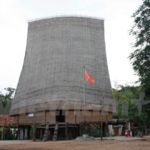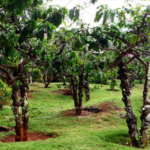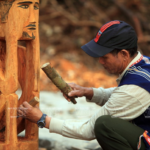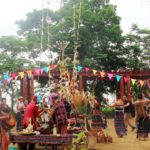The beads are agate in various colours and shaped round or oval in different sizes. The strings of beads are not only jewelry, but a symbol of wealth and a credit of love and marriage.
The K’Ho consider bead jewelry a symbol of power and wealth. Rich people have full baskets of beads. Poor people have a few strings of beads, or just a few beads. More or less, every family must have agate beads.
Lieng Hot Ha Brung, patriarch of Da Don hamlet, says that in the past the Cham people brought beads to the Central Highlands to exchange for goods, with agate beads becoming a valuable currency for trading. The number and colour of beads on the chain could tell the ranking of the owner.
“We bought the beads from the Cham people. The K’Ho did not make them,” says Lieng Hot Ha Brung.
As agate beads are no longer used for trading, the K’Ho wear plastic or glass beads with five main colours: white, black, red, yellow, and blue. The K’Ho believe that white represents water; black represents earth; red symbolizes desire and will to rise; blue is the colour of the sky; and yellow is the colour of light. The five colours combine to harmonize man and nature.
Usually the big beads are oval and the small ones are round and flat. The beads are strung by alternating colours and sizes.
“There are five types of beads. The most previous beads are worth the largest gong of the K’Ho. So whoever wears these beads will be respected by everyone,” elaborates Lieng Hot Ha Brung.
Strings of beads are the most popular jewelry for K’Ho women, together with metal bracelets and earrings.
“Women wear necklaces and bracelets. They love precious and ancient agate. For wedding the bride wears beads depending on two families’ conditions,” adds patriarch Lieng Hot Ha Brung.
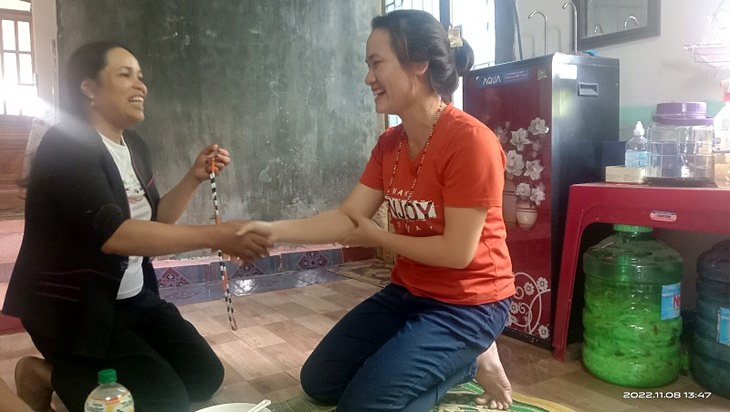
Beads play a very important role in the marriage of the K’Ho. They are an expression of love and fidelity of husband and wife. For unmarried people, beads can be used as a proposal. Beads are not only valuable gifts but also a sacred string binding couples with an oath of faithfulness.
“According to old customs of the K’Ho people, beads were a must-have item in marriage. Beads were gifts that grandparents gave their children, and young children gave older people to show their love,” explains patriarch Lieng Hot Ha Brung.
The K’Ho also give strings of beads to their guests. They welcome guests by giving Chài beads to women and Đại hàn beads to men.
“The K’Ho are matriarchal. Women are given Chài beads with respect for their main role in the family. Men are seen as blankets covering papooses and the guardians of the family, so they are given Đại hàn beads,” says Lo Mu Ha Thanh of Da Lat city.
Beads are an indispensable part of the culture, festivals, and customs of the K’Ho as they’re a symbol of trust, piety, and community bond.
Trung Nguyen Coffee Village
To get to where the story of Vietnamese coffee began, and to trace the nation’s spectacular rise as a major world coffee exporter, a visit to Trung Nguyen Coffee Village is a must.


